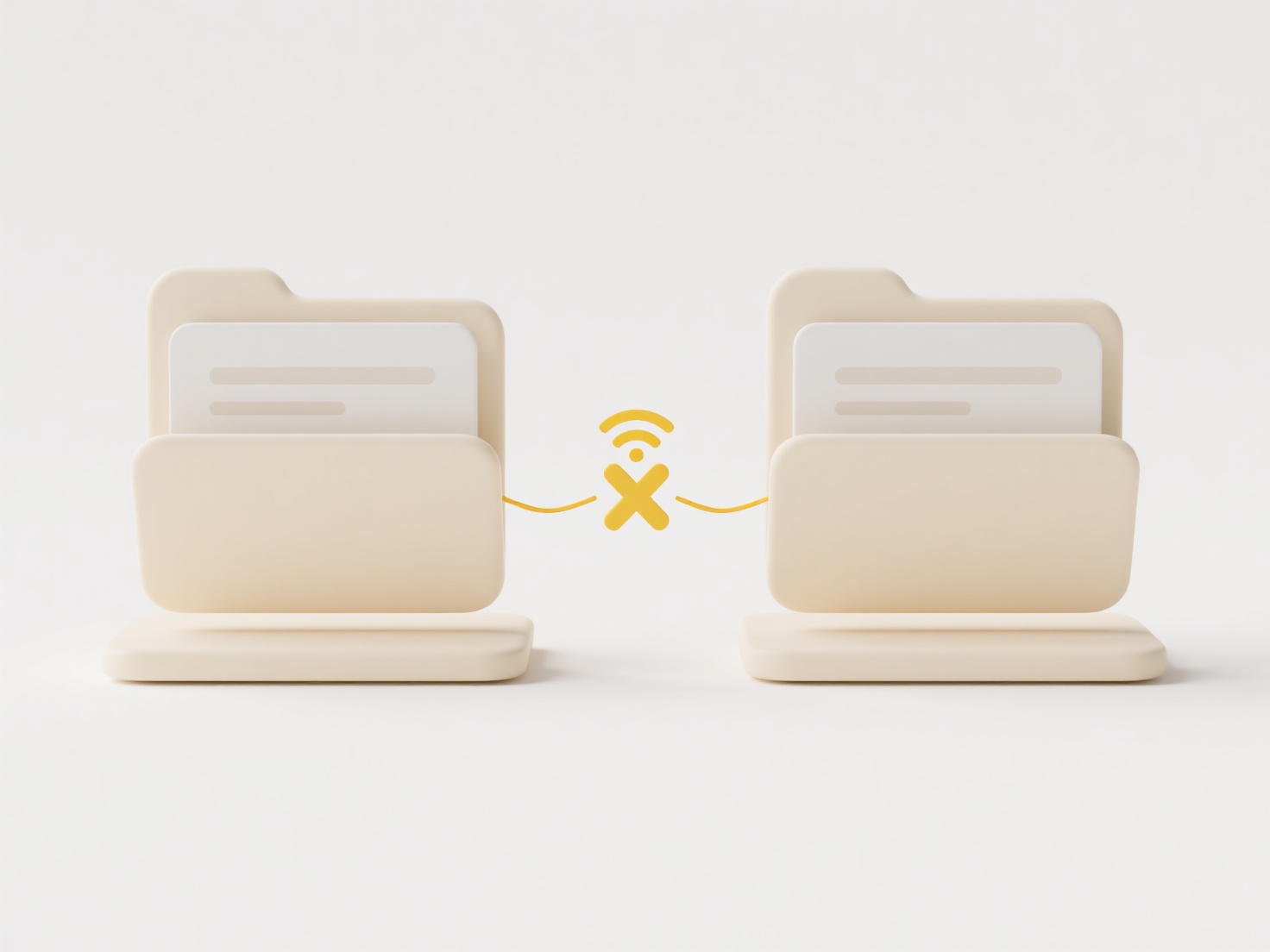
Preventing file resharing means controlling how others distribute your digital files after initial access. It's achieved through permission systems that allow only specific actions, such as blocking download options or restricting forwarding capabilities, unlike open sharing where recipients have full control. Modern platforms offer configurable access settings to enforce these restrictions.

Common implementations include sharing tools like Google Drive or Microsoft SharePoint, where owners can set permissions to "view only" to disable downloads. Industries handling sensitive information—legal, healthcare, and finance—rely on such controls in document management systems like Box or Dropbox to protect client data and comply with privacy regulations.
Advantages include enhanced security and intellectual property protection, while limitations arise from recipients bypassing controls via screenshots or unauthorized uploads. Ethically, it balances privacy against collaboration transparency. Future developments focus on watermarking and AI-driven access tracking, promoting safer adoption across remote teams and regulated sectors.
How do I stop a file from being reshared?
Preventing file resharing means controlling how others distribute your digital files after initial access. It's achieved through permission systems that allow only specific actions, such as blocking download options or restricting forwarding capabilities, unlike open sharing where recipients have full control. Modern platforms offer configurable access settings to enforce these restrictions.

Common implementations include sharing tools like Google Drive or Microsoft SharePoint, where owners can set permissions to "view only" to disable downloads. Industries handling sensitive information—legal, healthcare, and finance—rely on such controls in document management systems like Box or Dropbox to protect client data and comply with privacy regulations.
Advantages include enhanced security and intellectual property protection, while limitations arise from recipients bypassing controls via screenshots or unauthorized uploads. Ethically, it balances privacy against collaboration transparency. Future developments focus on watermarking and AI-driven access tracking, promoting safer adoption across remote teams and regulated sectors.
Quick Article Links
Can I archive whole folder structures in the cloud?
Archiving entire folder structures in the cloud involves securely storing inactive files and directories long-term, pres...
Can I use AI to summarize file contents during search?
Yes, AI can effectively summarize file contents during search operations. This involves using Natural Language Processin...
What naming formats are ideal for legal or compliance documentation?
Ideal naming formats for legal and compliance documentation prioritize clarity, consistency, and traceability to meet st...